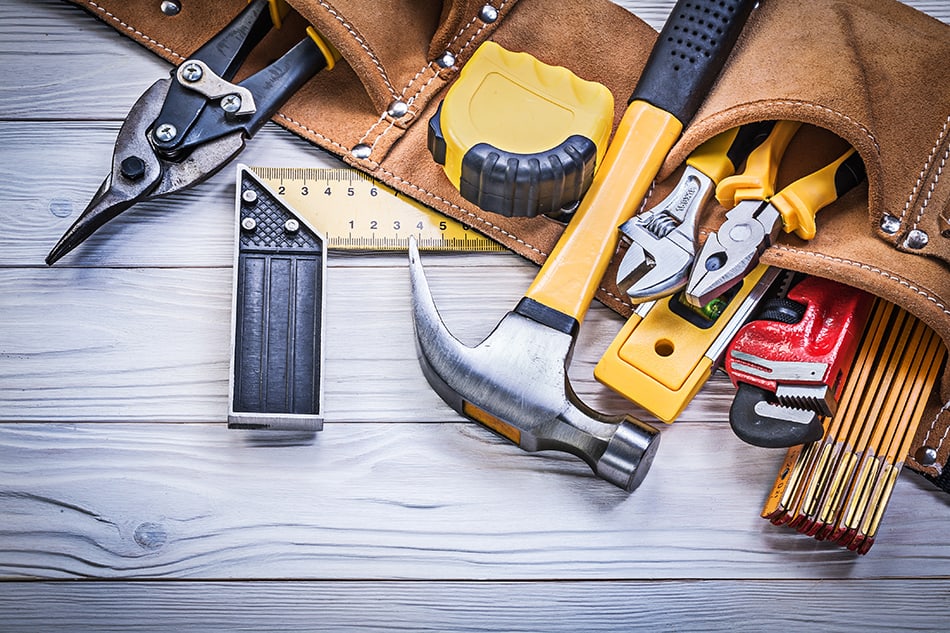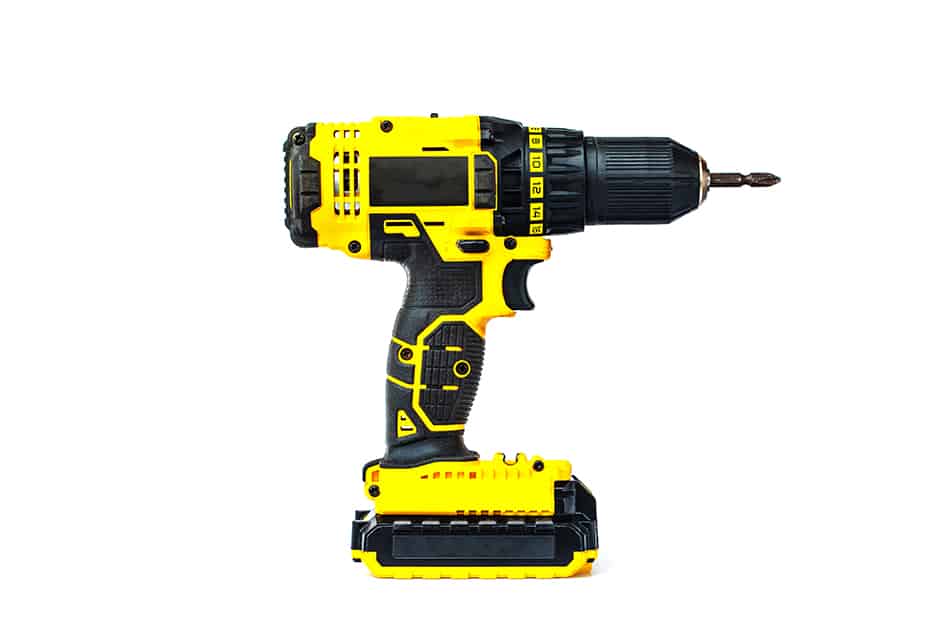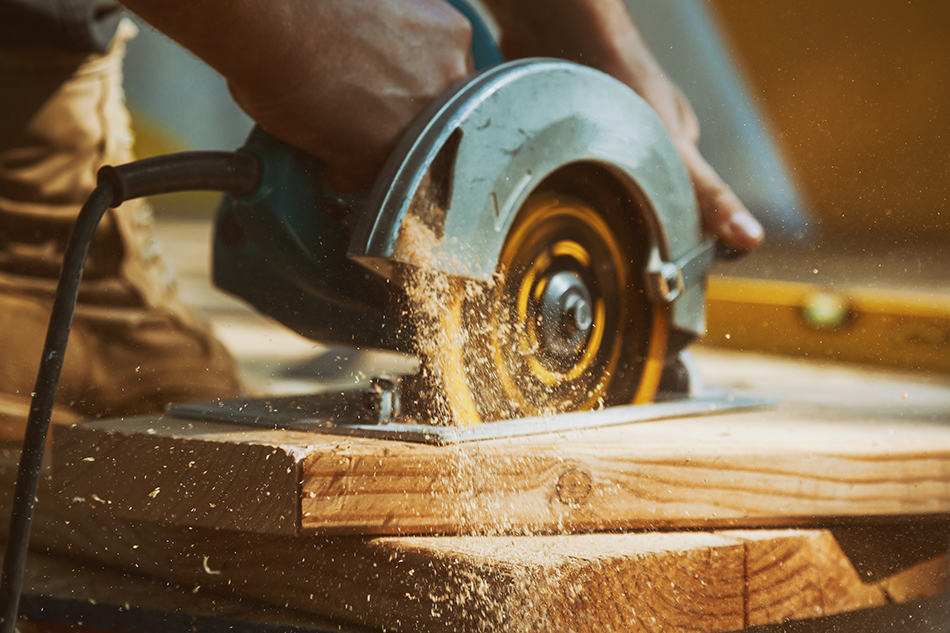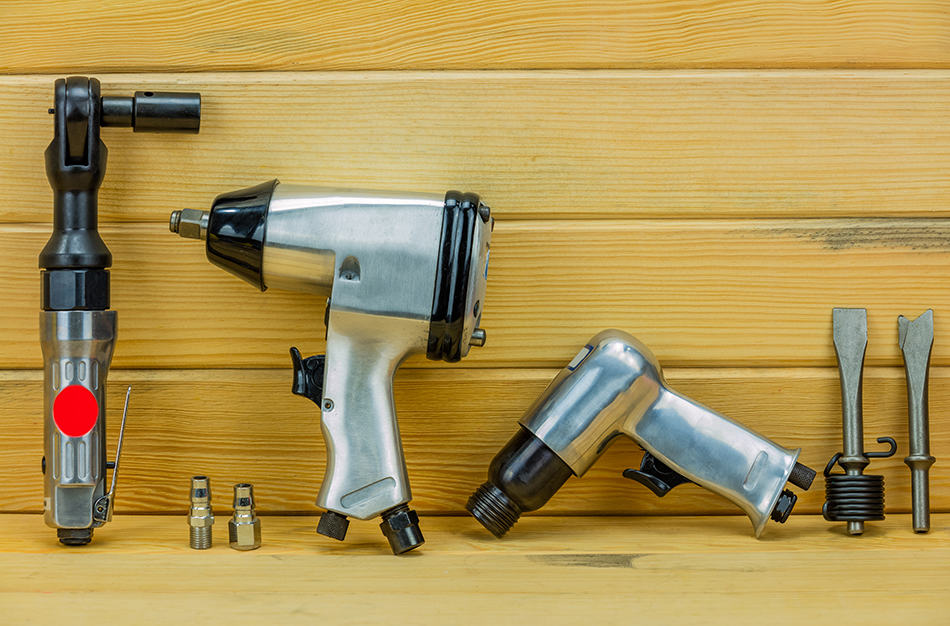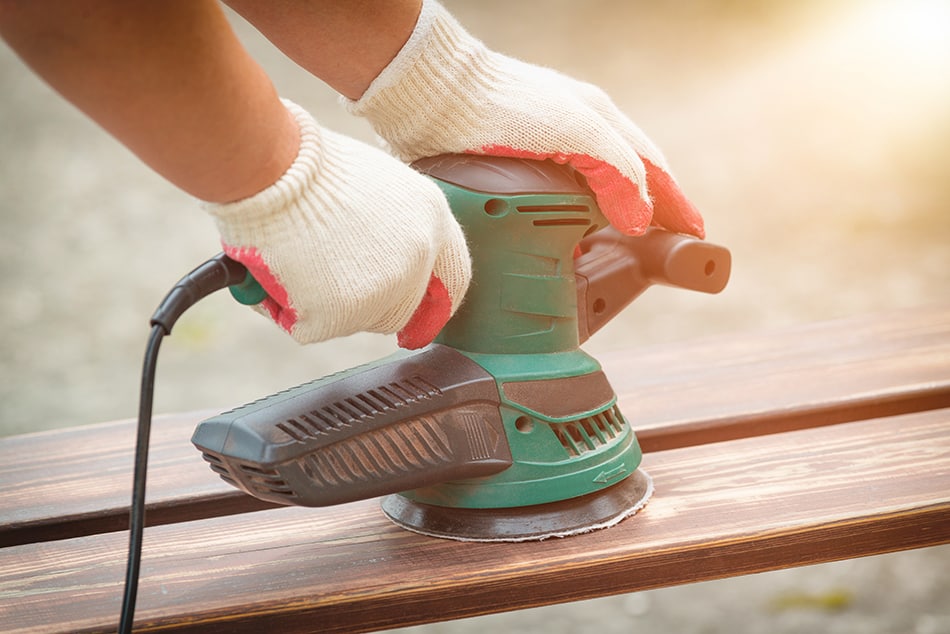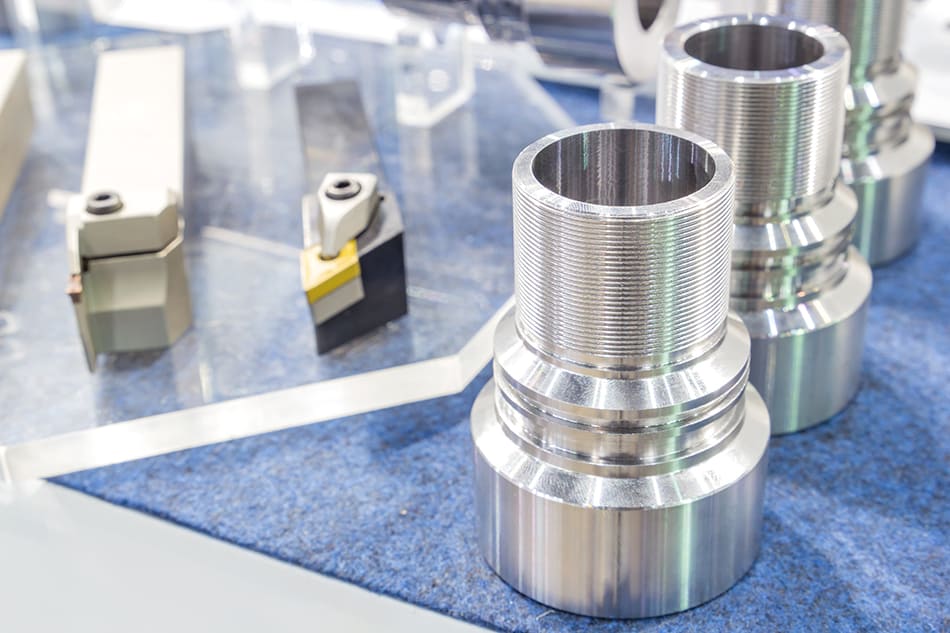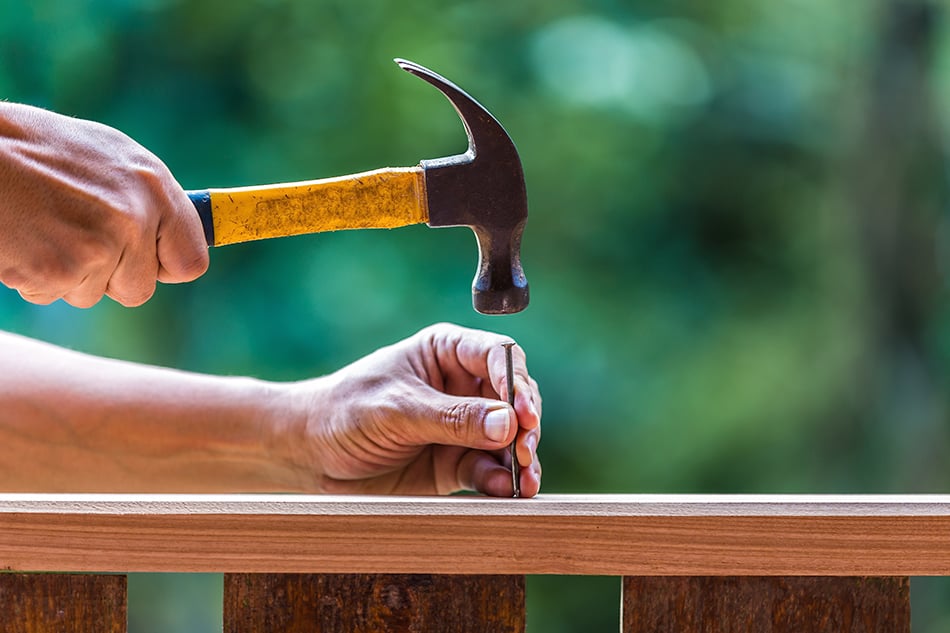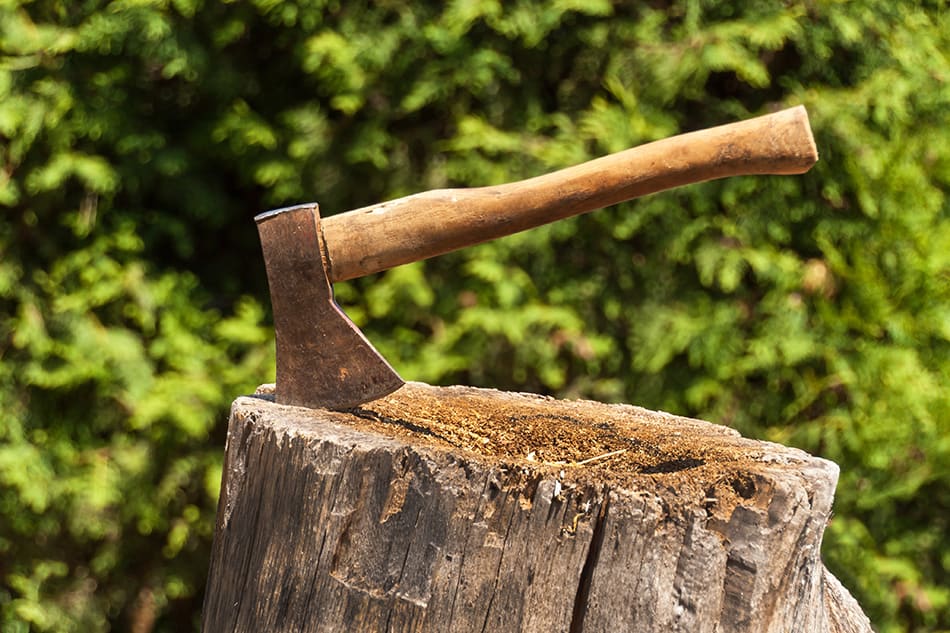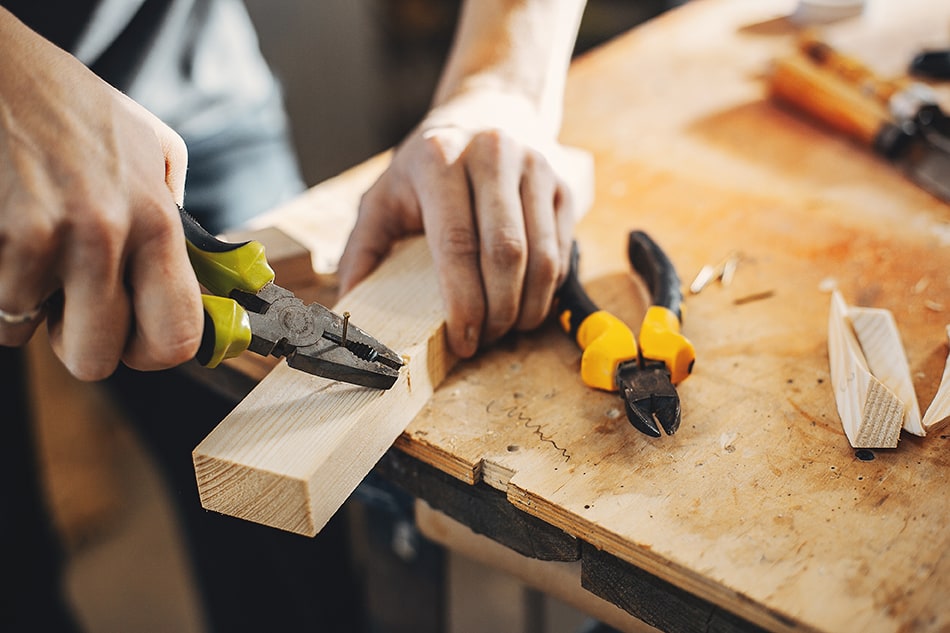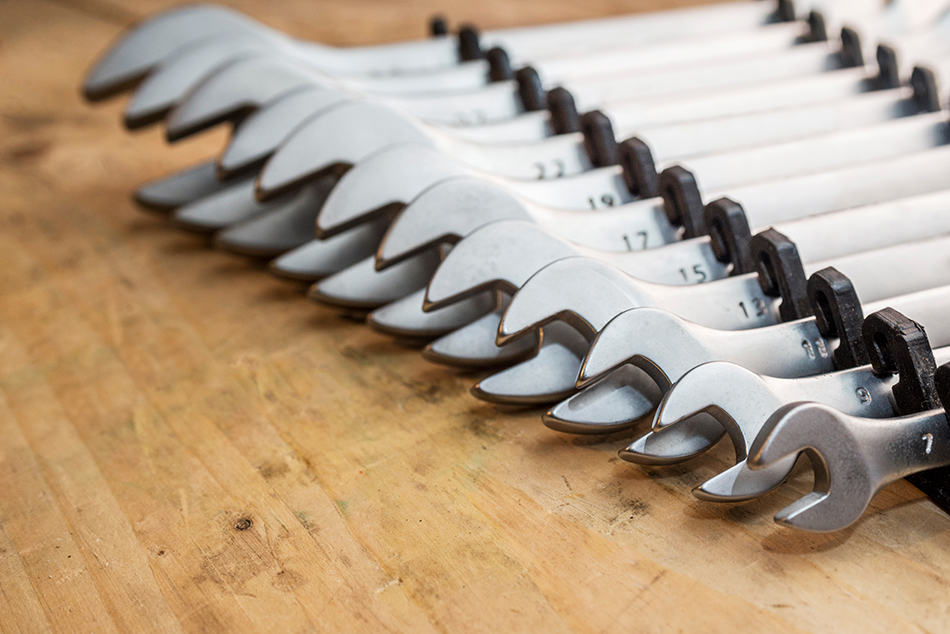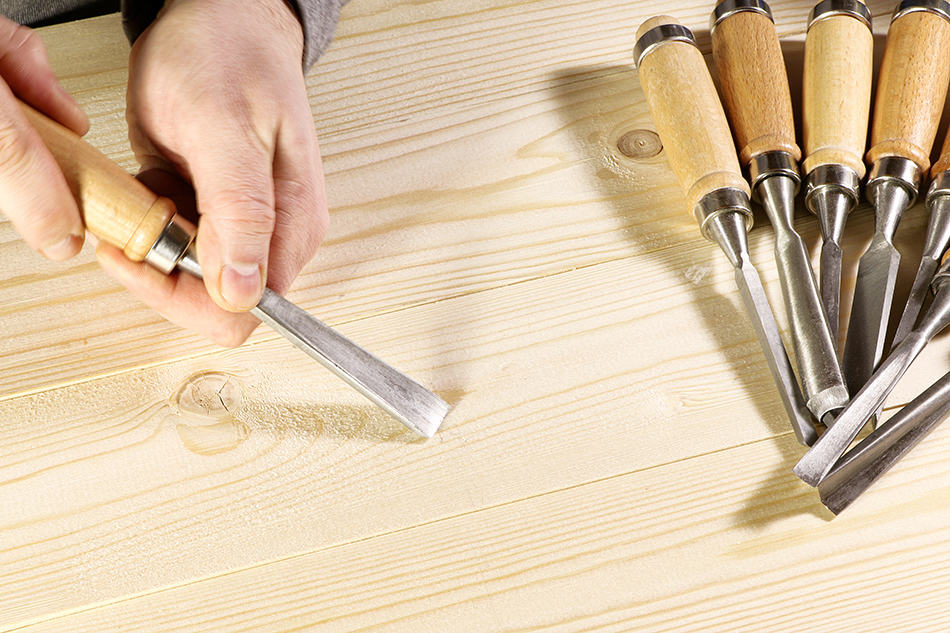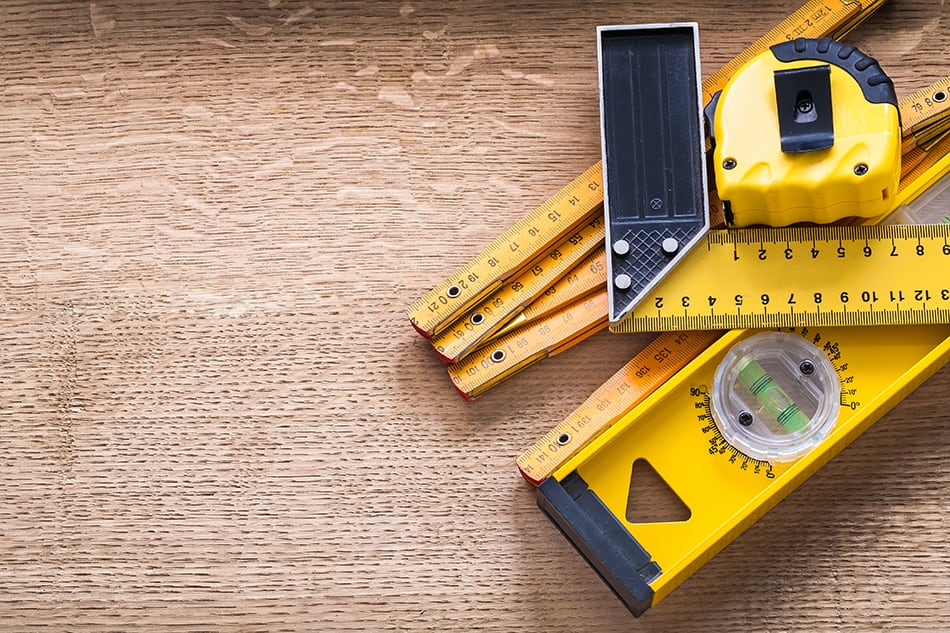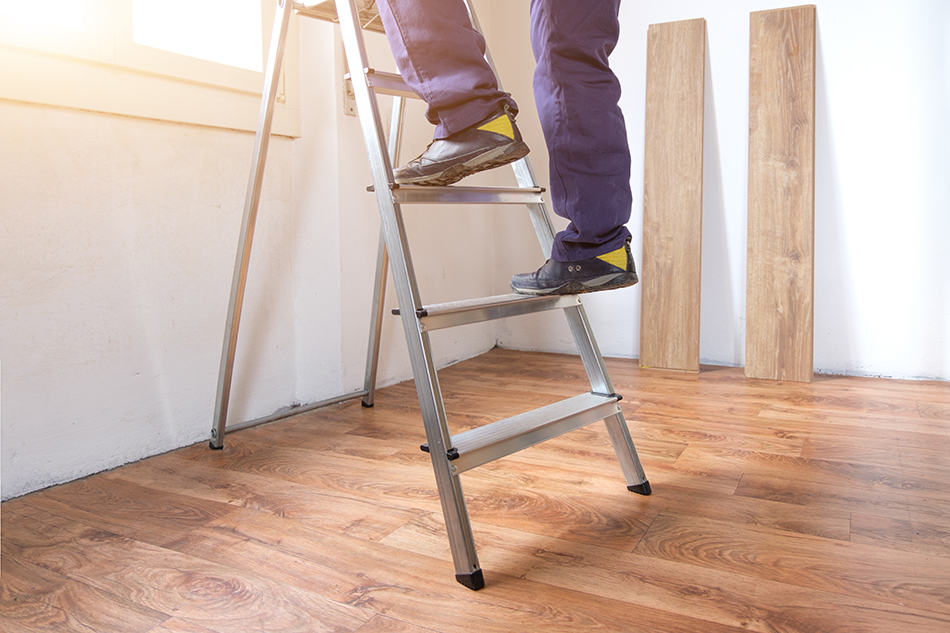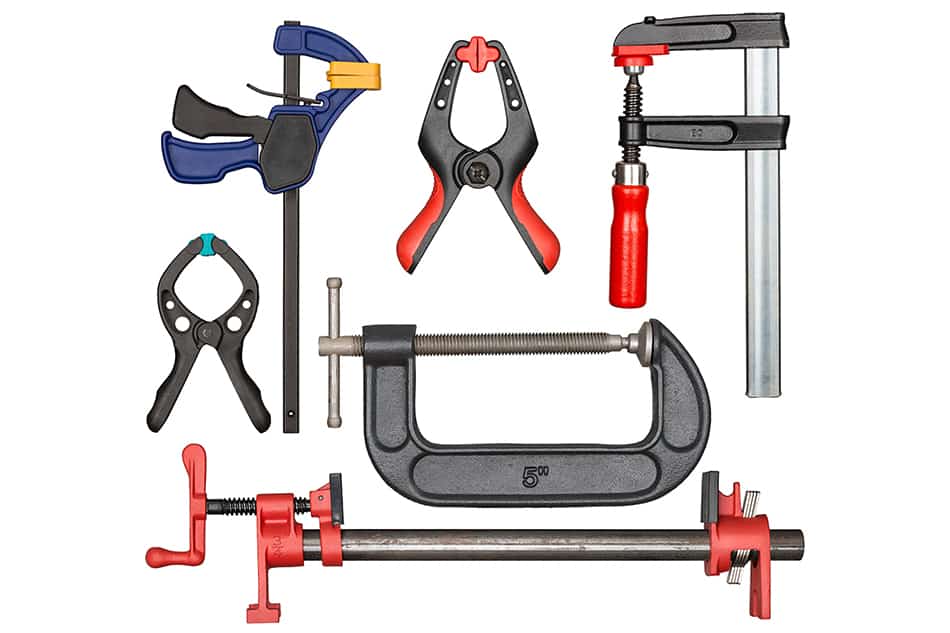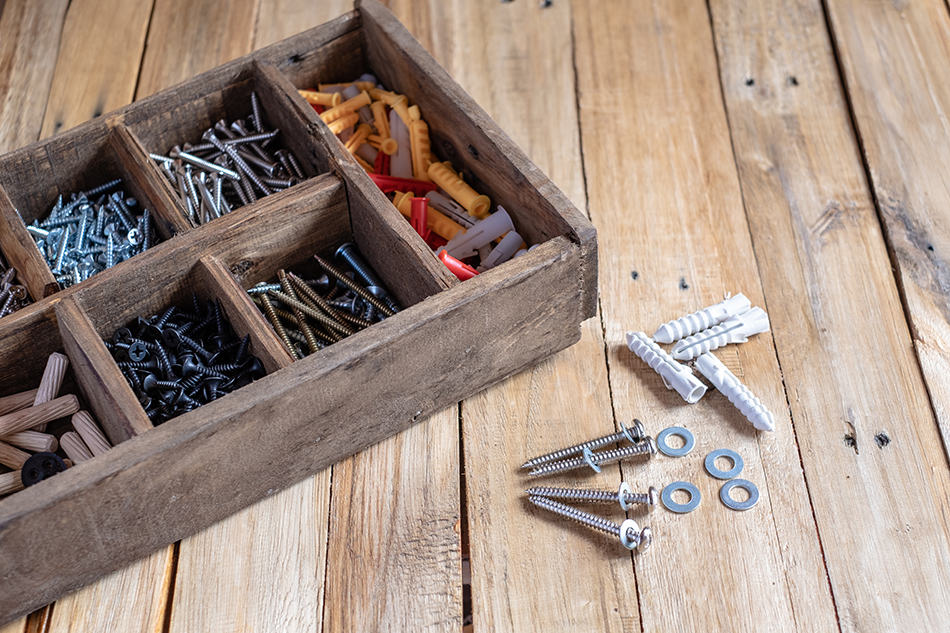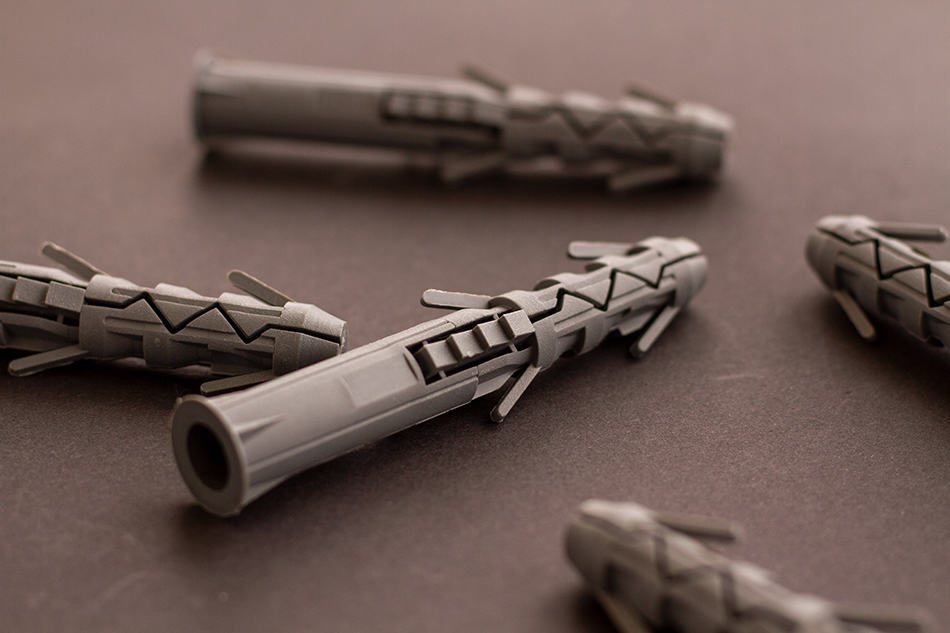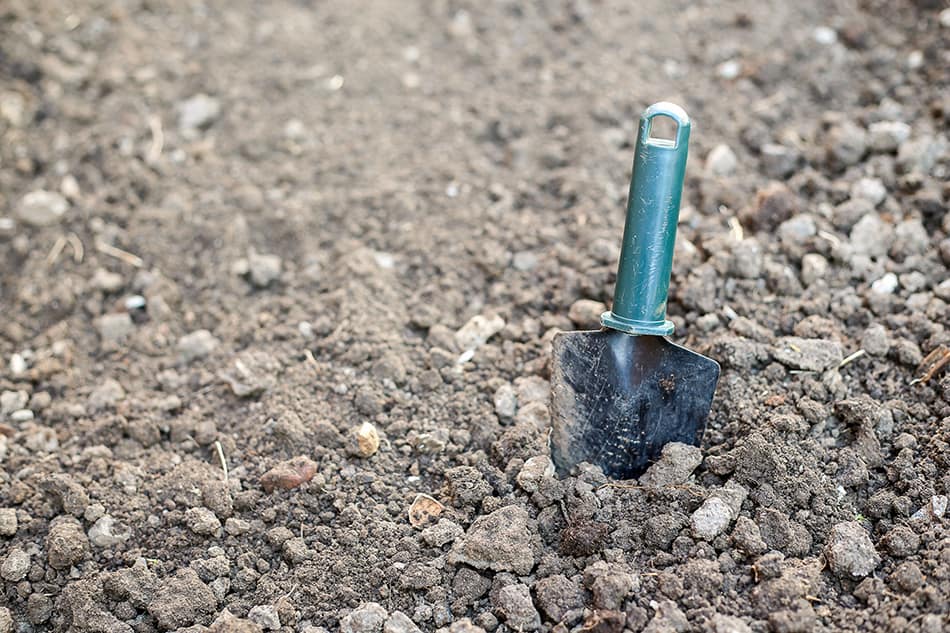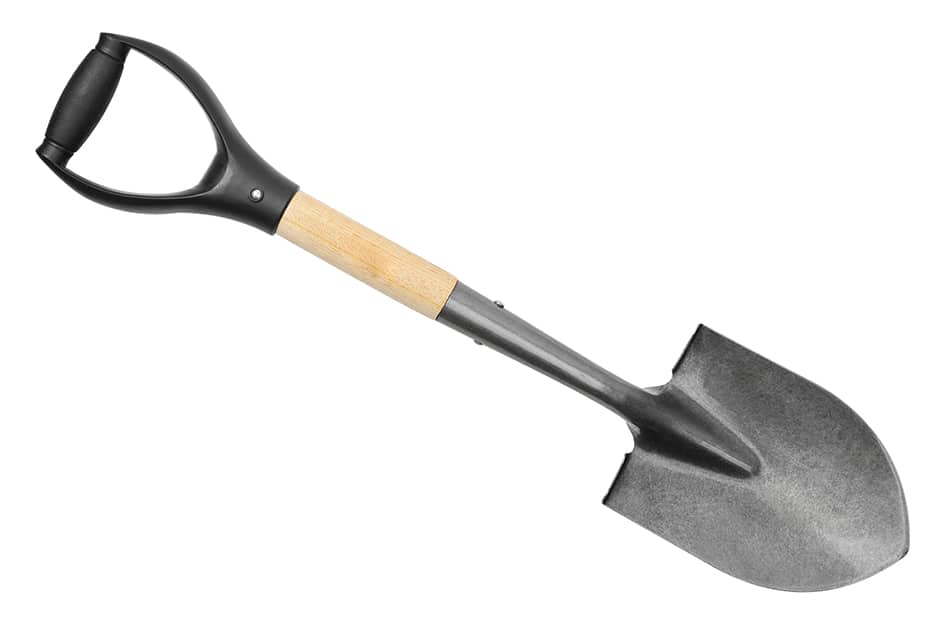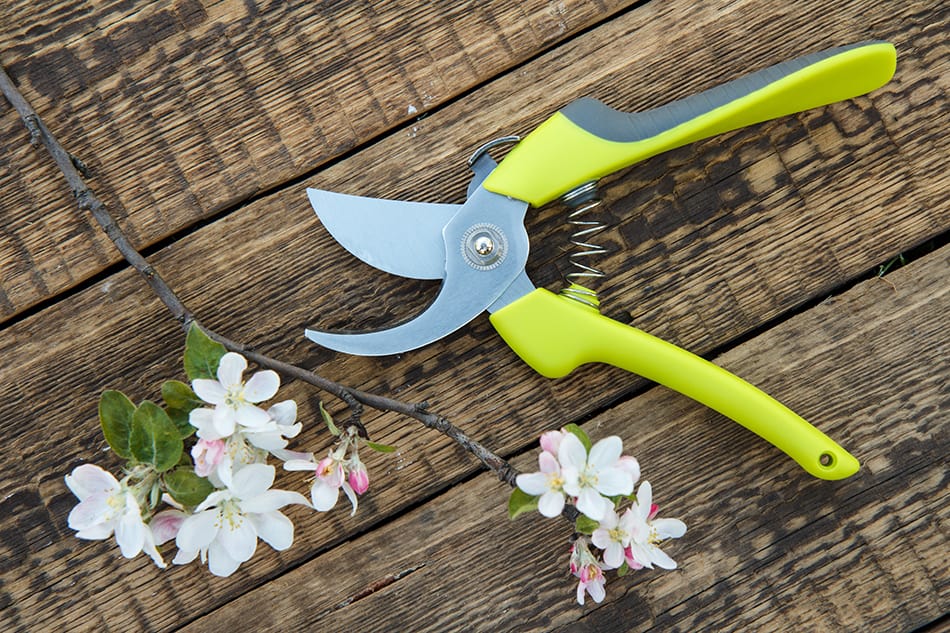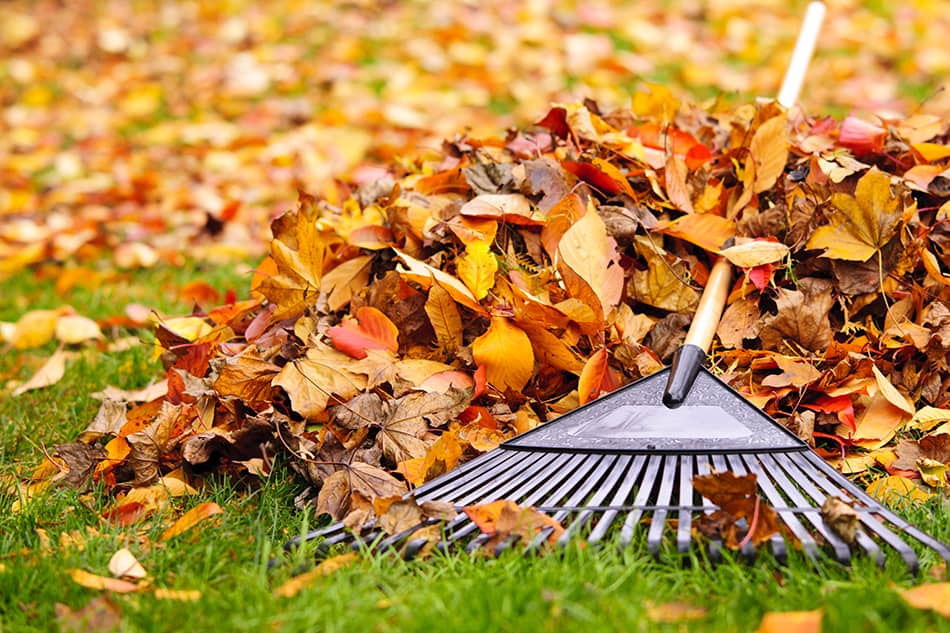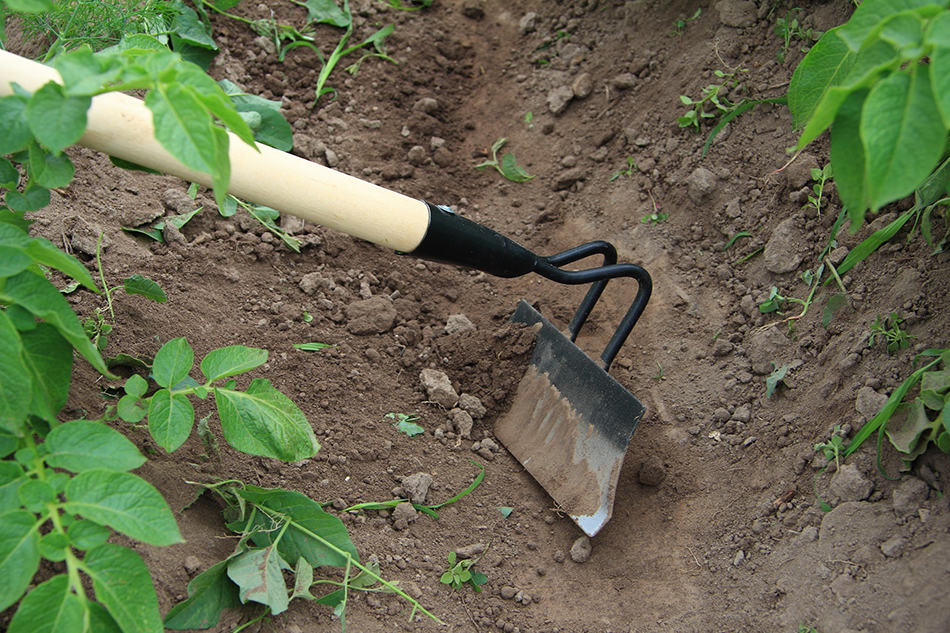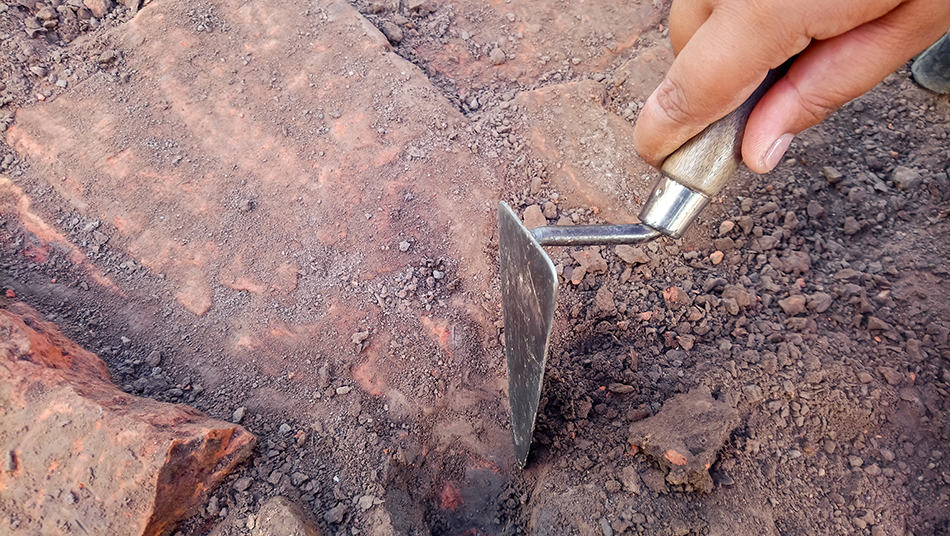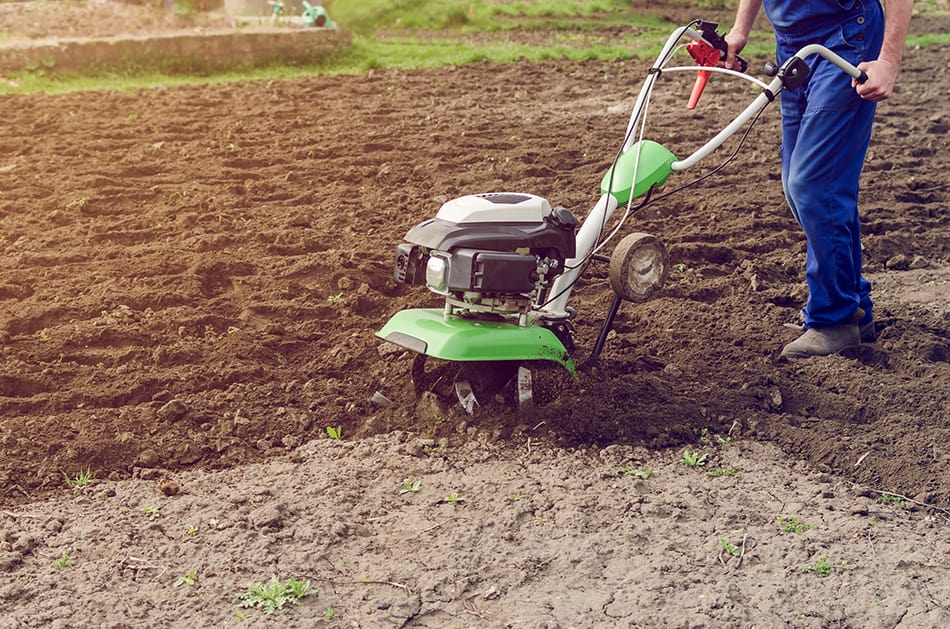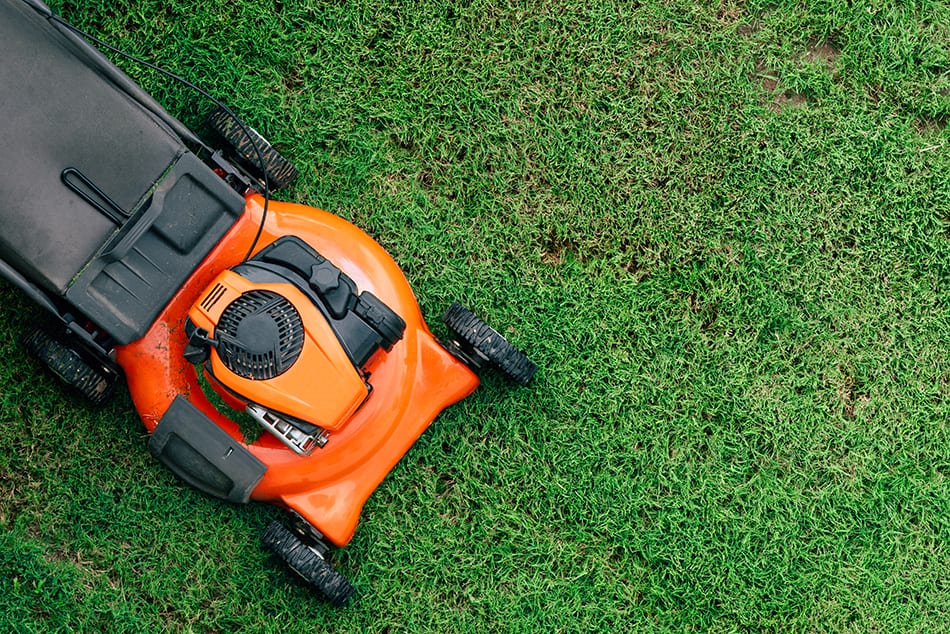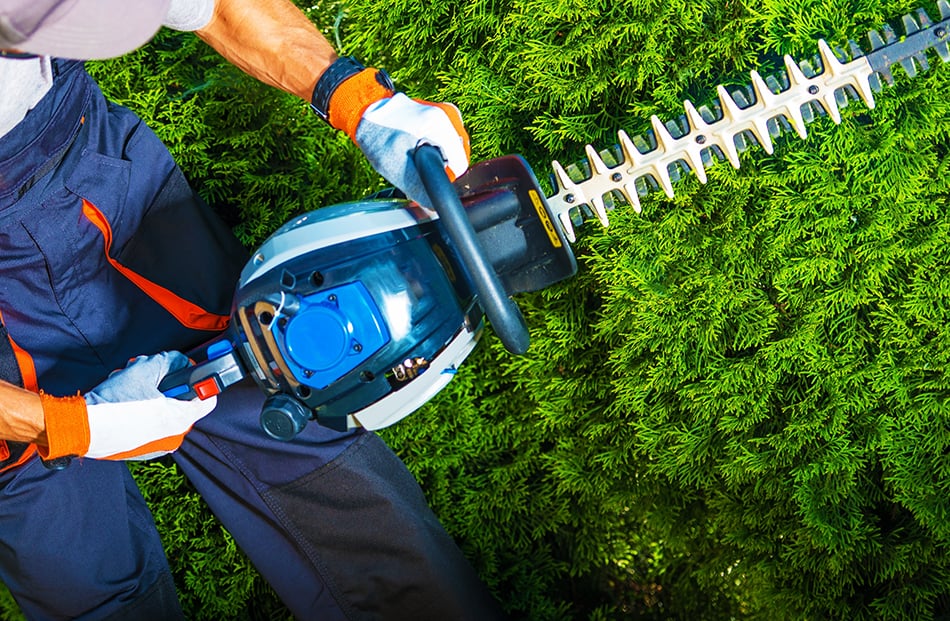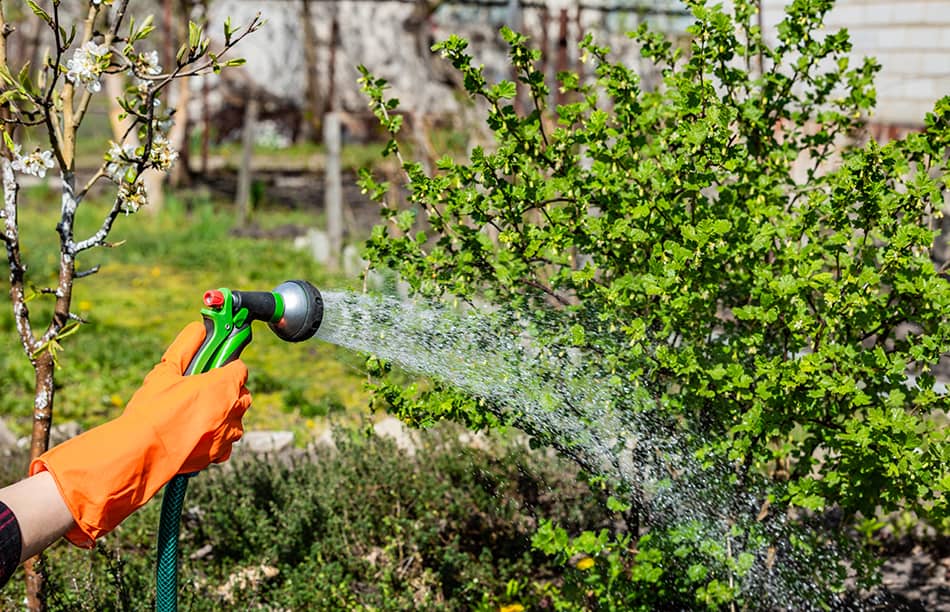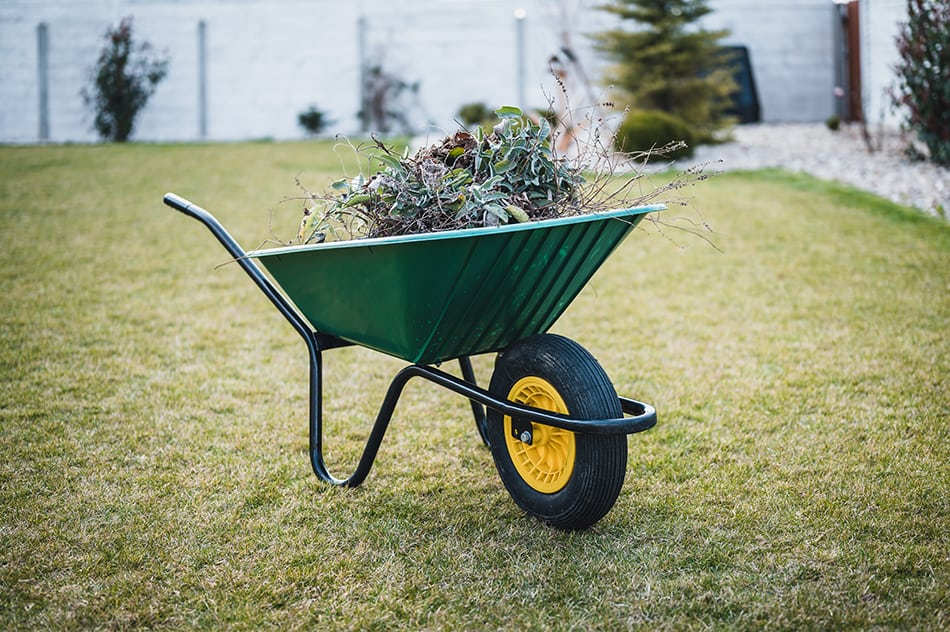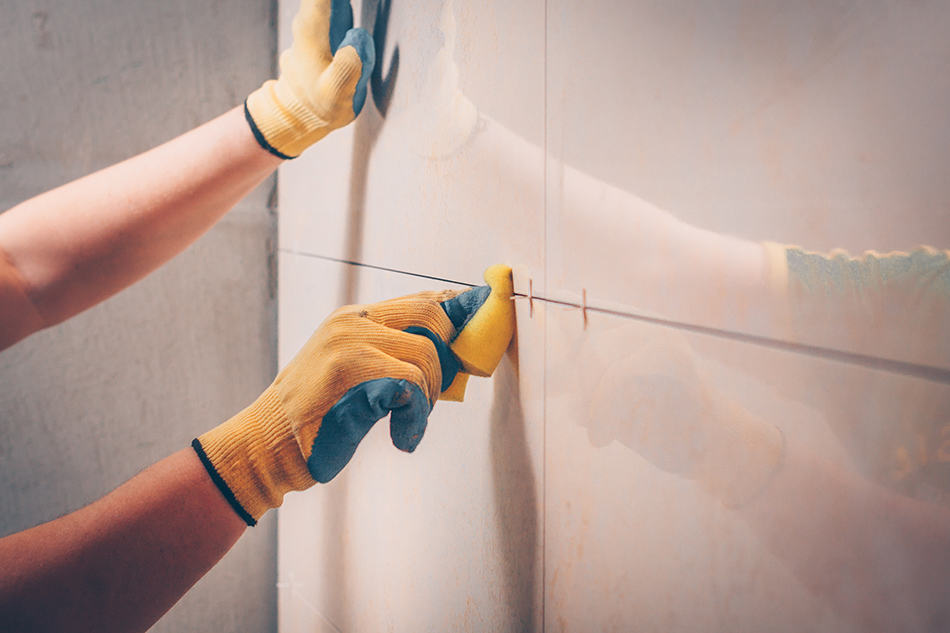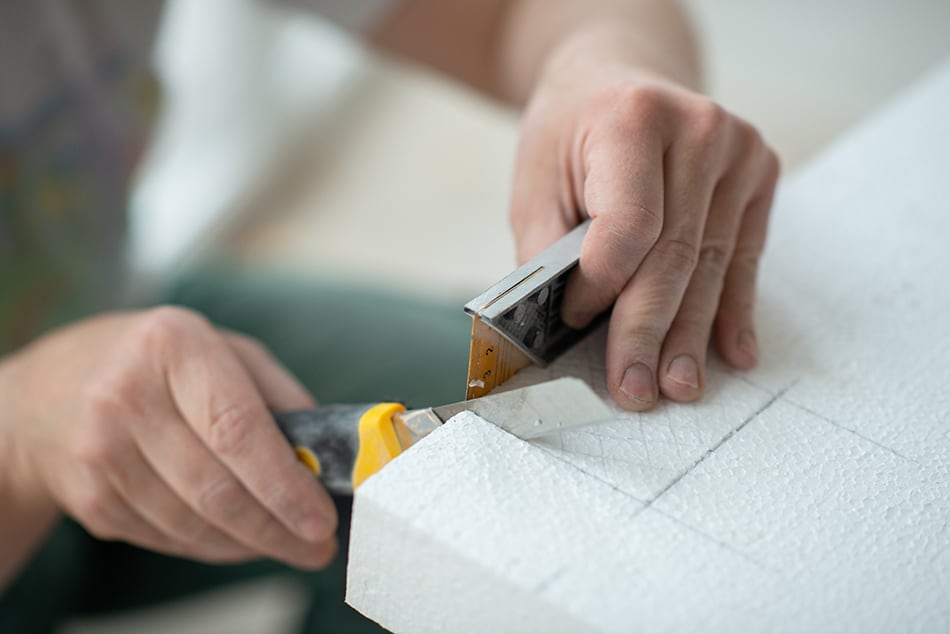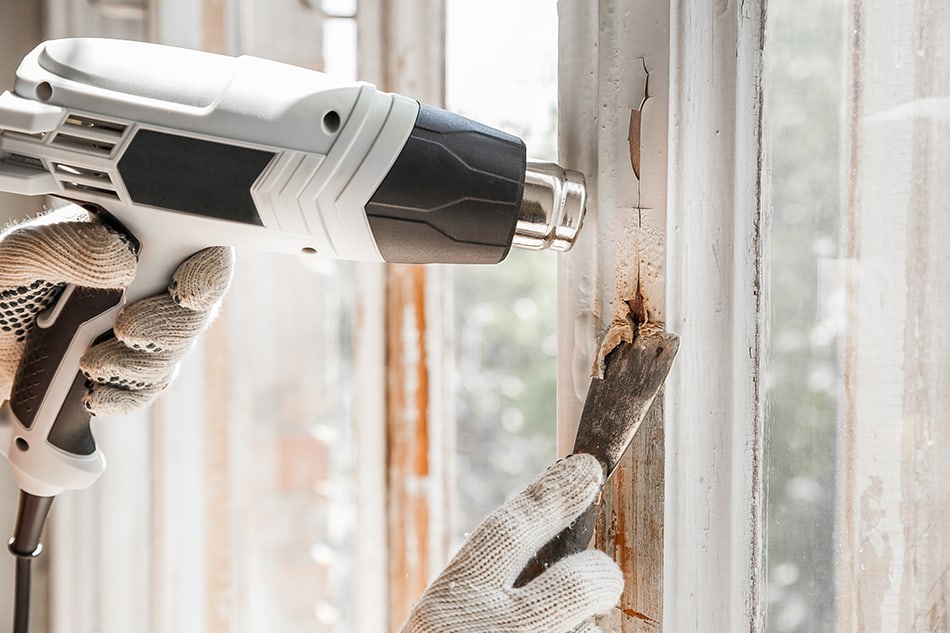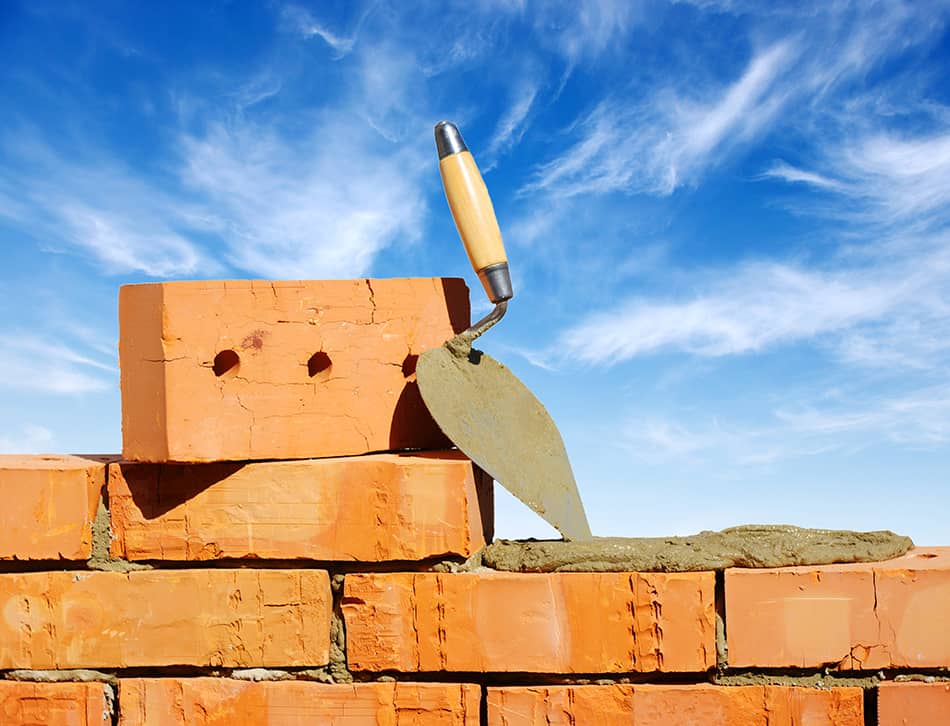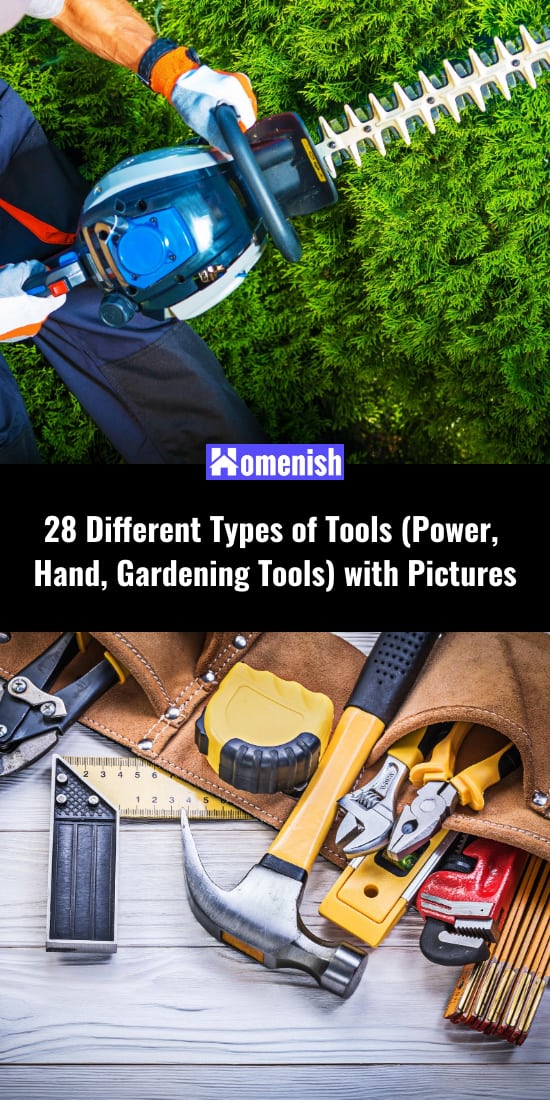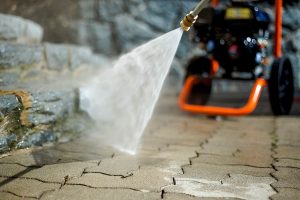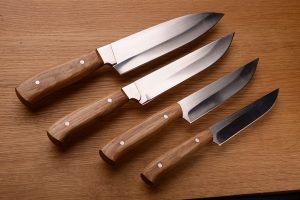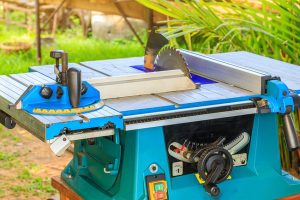Tools have been utilized by man for millions of years, and they are still an important item in today’s modern world to help us work and make progress.
There are a huge number of tools available, including hand tools, power tools, multi-purpose tools, and tools designed for one specific purpose. This guide rounds up some of the most popular types of tools, what they are used for, and how to use them.
Power Tools
Drills
A drill is the most common type of tool that your typical homeowner will own. Drills have a rotating tip that can be used to either create holes or to drive screws into wood or masonry. Drills are great for assembling furniture or other DIY projects, and they get things done super fast.
Drills are also great for creating holes in walls or wood, enabling you to fix items to the wall such as shelving, mirrors, or large photo frames. There are a huge amount of options when it comes to choosing a drill, with varying levels of power, speed, different power sources, battery types, and numerous types of accessories.
With a good drill bit set, your drill machine tool can be used in a variety of ways, and there are also a few different types of drills that you might choose for specialist purposes.
Saws
There are a huge number of tools that fall under the category of saws, ranging from specialist saws for carpenters to more standard saws for chopping logs in your yard. If you want to get involved in some DIY projects in your home or garden, such as building a deck or creating some shelving, then it’s highly likely you will need a saw.
The type of saw you need will be decided by your project, though there are many multi-purpose power saws that can be used in a range of scenarios. While a hand saw is good for small tasks, some of the most popular types of power saw for most of the manual jobs include the following.
Table Saw
A table saw is just that; a saw fixed to a table. Table saws have a circular blade that is attached to an arm fixed on the table, which can be lifted up and down to meet the cutting material.
Instead of moving the position of the blade to adjust your cut, with a table saw, you will move the cutting material around the table. Table saws are strong and sturdy and provide you with a bench upon which to work.
Circular Saw
A circular saw is the most common type of power saw and comes in a variety of sizes with various types of blades to suit different projects. A circular saw has an arm that can be lifted up and down to meet your cutting material and is able to slice through almost anything with ease.
Rotary Saw
This type of saw looks like a small drill, but in fact, can be used for cutting lines in any direction. This drill has a small blade, which is ideal for cutting precise lines on drywall. As you may have guessed from the name, this saw works by rotating its fine circular blade.
Miter Saw
An electric miter saw is ideal for creating precise angles. These saws are great when you need to cut corner joints or are building furniture which needs to match up exactly. With a miter saw, you can set the saw at a specific measurement and know that the angles of your cuttings will be precise.
Pneumatic Tools
These types of power tools are powered by compressed air. The compressed air is supplied by an air compressor, which is the common component all pneumatic tools will feature.
These types of power tools tend to be very heavy-duty and are commonly used in construction. They are typically more lightweight than electric or battery-powered tools, making them more convenient to use and easier to store.
They are also ideal for use in remote locations that may not have access to power, as they don’t need to be plugged into a power source to be operated.
Though air tools are more commonly used in construction and industry, there are many types of small air tools coming onto the market which are designed to be used by homeowners and hobbyists. Common types of pneumatic tools include jackhammers, air sanders, air drills, pneumatic screwdrivers, pneumatic shears, and tire inflation tools.
Sanders
Power sanders are a complete game-changer when it comes to sanding and makes this previously laborious and arduous task a breeze.
If you find yourself needing to sand down some wood, for example, you want to sand a wooden countertop to bring it back to its former glory, or you need to sand down interior doors before repainting them, then you should definitely invest in a handheld power sander.
These sanders can be picked up fairly inexpensively and will save you a lot of time and effort compared to sanding by hand. They also give a much better finish.
There are two main types of power sander you will encounter, and these can often be used interchangeably though if you have a specific need for your sander, you should buy the most appropriate for the job.
Lathes
Lathe tools are used with a lathe (shaping machine) to rotate a workpiece on the lathe axis to create the desired shape of different materials. These tools can have different purposes ,including turning, knurling, facing, parting, etc. They are used in woodworking, glass-working, metal spinning, and metalworking.
Check out this article on the types of lathe tools.
Hand Tools
Hammers
This common hand tool is primarily used for hitting nails on different surfaces. Hammers can be made from a range of different materials, but traditionally they would have wooden handles with a solid metal head.
There are many different types of hammers, which can vary in size and shape. Often a hammer will have a different tool on the back of the head to make it multi-purpose, allowing the hammer to also be used to dismantle furniture or remove nails.
Most homeowners will have at least one type of hammer in their garage, as these tools are useful for a wide variety of jobs. When buying a hammer, it is wise to invest in a quality piece as this will last you for many decades when cared for properly.
Don’t leave your hammer outside, as this will cause it to deteriorate. You should always store your hammer carefully because this can be a very dangerous tool if it gets into the wrong hands, for example, if a child drops it on their foot.
Axes
Axes have been around for a long time and, in fact, are one of the oldest types of tools used by man. These have been used throughout history for various purposes, including felling trees and slaughtering animals for food.
Today axes are most commonly used by homeowners for chopping logs, which are used for firewood. If you have felled your own trees, you will need an ax to chop logs or to segment logs down into smaller pieces for kindling.
There are many different types of axes with the same parts but with various blade shapes, and the shape of the blade can make a huge difference to the way the ax should be used, so you’ll need to do your research when choosing an ax to be sure the one you buy is fit for your intended purpose.
The length of the handle will also have an effect on how the ax should be used, so this should also be a consideration. Axes most commonly have wooden handles with steel blades, though some modern axes will have a fiberglass blade. Like all tools, be extra careful to store your ax carefully out of reach of children because it can be very dangerous.
Pliers
This hand tool is used to grip and hold objects, as well as bending and manipulating materials. Pliers can be used in such a wide range of jobs that it’s no surprise that they are one of the most common tools used both around the home and garden and also in construction work.
Pliers come in various different types, shapes and sizes, with additional features such as the ability to lock in place. There are three main types of pliers, and these are adjustable pliers, non-adjustable pliers, and lockable pliers.
Wrenches
A wrench has a similar purpose to pliers and is used for tightening or loosening nuts and bolts. However, unlike pliers, wrenches only have this single purpose and are unable to be used for other tasks.
There are different types of wrenches with various sizes so that whatever size of bolt you need to work on, you will have a wrench that fits. These hand tools are simple in design yet very effective. They are made from solid metal and are therefore very strong and sturdy. A good set of wrenches should last you a lifetime if they are stored properly.
Chisels
Chisels are hand tools that are used in various areas, including carpentry and masonry. These usually take the shape of a wooden handle attached to a long rectangular blade that becomes narrower at the tip. There are many different types of chisels, with several specialist chisels being used in woodworking to achieve specific finishes.
Chisels are generally used in conjunction with a hammer; you put the tip of the chisel on the material you are working on and hit the back of the handle with the hammer. This pushes the blade into your material and chips away at it. You can control how much material your chisel removes with the pressure of the hit used with your hammer.
A chisel is used to create decorative markings in wood, and it can also be used to pull apart furniture or remove tiles from walls. This woodworking tool has a very simple design, but it can effectively be used in a wide range of tasks.
Measuring Tools
There are many different types of measuring tools that you will find in a toolbox, and though these are not seen as particularly fun tools to use, they are vital in ensuring your projects are accurate and are completed successfully. One of the most common measuring tools you will find in anyone’s tool kit is a measuring tape.
These basic tools use a long metal tape with measurements marked out all along them, which can be pulled out and retracted. Other measuring tools you might need in your tool kit include a square, a compass, a level, or calipers.
When you are working on a project, it’s always best to measure twice to be double sure of measurements as this will prevent any wastage and mistakes further down the line.
Ladders
When you think of tools, ladders might not be something that springs to mind as they aren’t a tool in the sense that you can hold them and use them in a targeted way on a material, however ,many home projects would be impossible without a set of ladders.
Ladders are useful when working on the outside of your home, for example, to clear our guttering, paint siding, clean windows, or repair roofing. They are also useful inside the home, for painting ceilings or working on light fittings.
When using a ladder, always be sure that they are securely fixed in place, or for added security, you should work in pairs when using ladders so that one person can hold the ladders steady while the other person climbs up them.
When you are finished using ladders, always put them away in a safe and secure place, and never leave them outside as this can pose a danger. Leaving a ladder in your garden can encourage thieves to try to enter your property via upstairs windows, or children might be tempted to climb the ladder and risk injuring themselves.
Clamps
Clamps tools are very versatile – they have great use in lots of home improvement & construction projects in woodworking, furniture making, carpentry, metalworking, and etc. They work by securely holding two pieces together and preventing them from moving under any pressure or force.
Fasteners
Fasteners are devices that are used to mechanically join two parts or materials together. These include.
Screws
Screws come with a variety of head shapes (round, square, flat, truss, types) and purpose uses (wood, machine, thread, metal, etc screws). Using a manual or powered screwdriver, people can easily install or remove the screws on or from an object.
Learn more about the types of screws before you decide to use screws for your home projects.
Drywall Anchors
Drywall anchors are the heavy-duty hardware that helps you hang items on your drywall (plasterboard, whiteboard, blue board, types-x, and more).
Entering any hardware store or browsing online tool stores for a drywall anchor, you’ll be stunned by so many choices out there. Here are our article explaining everything about them – Types of Drywall Anchors
Gardening Tools
Spades
This is a common garden tool that is designed for digging. Unlike a shovel, a spade has a sharpened edge on its blade that makes it ideal for cutting into soil or lawns. Spades can come in various shapes and sizes, but in general, they will have a long wooden handle and a flat or slightly curved metal blade.
Spades have trenches where the user’s foot can rest, and extra pressure can be applied to help dig deeper or plow into particularly resistant material. Most gardeners will own at least one spade, though some will have a variety of different spades with specific purposes in mind.
A good garden spade can be used in different ways, for example, for creating a neat edge around a lawn or garden bed, for tilling soil, for digging holes for planting, and for digging up tree stumps.
Shovels
Many people incorrectly use shovels and spades interchangeably, but though these tools look similar in appearance, they are intended for different purposes. A shovel is designed to scoop up materials and move them around.
For example, you would need a shovel to pick up a pile of compost and spread it over a garden border or to shovel up gravel and then spread it along a path. You could also use a shovel to help you mulch over the soil or to clear up garden debris.
A shovel has a blunter blade on it when compared to a spade, which makes them sturdier for gathering up materials, and means that they are not ideal for digging. There are many different types of shovels, and these come in various shapes depending on their intended purpose.
A standard garden shovel is usually rectangular and will be slightly curved like a spoon to help it hold a bigger heap of materials. You can also get handheld shovels to use in smaller jobs where a large standing shovel is not required.
Pruners
If you’re a keen gardener, then you’ll know that pruning is a key part of maintenance in any yard. Some plants will need to be annually pruned to maintain their shape, encourage flowering, and improve health, while other types may need to be pruned at a certain time of year to prevent them from causing a mess in the garden over winter.
Sometimes you will need to prune dead, damaged, or diseased branches from a tree or shrub to help it survive and prevent problems from spreading to nearby plants.
Whatever your reason is for pruning your plants, you’ll need an appropriate pruning tool to help you ensure you complete the job safely and effectively. For smaller plants with relatively thin stems and branches with a diameter of fewer than three-quarters of an inch, a pair of pruning shears will be ideal.
This small hand tool features two sharp curved blades that overlap when they are pressed together like a pair of scissors. They make clean and precise cuts, which help to contribute to the health of your plant, as a rough cut can encourage disease. For larger branches of up to two and a quarter inches in diameter, hedge shears are a better choice.
These large pruners look like a giant pair of scissors and have very sharp blades to help you slice through tough branches with ease. They are also great for thinning out hedges or maintaining their shape. If you have a large garden with many different types of plants that have specific needs, then you might want to invest in a wider variety of pruning tools.
Other pruning tools you can find include pruning saws, pole loppers, grass shears, topiary shears, and anvil pruners.
Rakes
A rake is a garden tool with a long handle and a fork at one end with a large number of tines. Rakes can be made of various materials, including plastic, metal, and wood. They are primarily used for raking up leaves but can also be employed for raking up thatch or gathering up the debris that has formed over winter.
Most people own a leaf rake, which is designed to drag leaves across a lawn to form a pile of leaves that can easily be gathered up and put into a bag for disposal or added to the compost pile. A good rake will be designed in such a way that it is able to perform its task without damaging the lawn underneath.
Though many people will begin to rake leaves at the end of fall or the beginning of winter, this is actually not a recommended practice. Fallen leaves, though they may look a little messy, provide an important home and shelter for many small animals, and raking up these leaves can disturb them.
Fallen leaves also add nutrients to your soil and help it to prepare itself for growth in the following spring, so you can be doing your yard a disservice by raking leaves too early. If possible, put off raking until spring.
Another common type of rake is a thatch rake, which has short and aggressive tines that are dragged through the lawn to remove thatch and other organic build-ups. This will need to be done prior to reseeding a lawn if you are finding that your garden has become overgrown with more thatch than actual grass blades.
Hoes
A garden hoe is primarily used for digging up weeds and mixing soil, though there are various types of hoes that can be utilized for specific garden tasks. The basic garden hoe has a paddle shape and is accordingly sometimes known as a paddle hoe or draw hoe. These hoes can come in a variety of sizes but most commonly will have a head that measures around six inches by four inches.
The head will be at a 90-degree angle to the handle, which can be wooden or plastic. This handheld hoe is a good hoe to start with if you haven’t used one before and is a good multi-purpose hoe. It can be used to dislodge weeds and to stir up soil or create mounds of soil. It can be used in various ways, including in a chopping motion to disturb weed roots.
A more specialized type of hoe is a stirrup hoe, which is shaped just like the stirrup from a horse-riding saddle. You can use this hoe in a back and forth motion, which makes it great for dislodging stubborn weeds with tough root systems.
Another type of specialized hoe is the onion hoe, which has a long and thin rectangular blade. This is useful for working in tight spaces or making more precise movements so as not to disturb nearby plant roots.
Trowels
Garden trowels are essentially smaller, handheld versions of spades and shovels. They can be used for digging small holes for bedding plants, digging up weeds, planting bulbs, and scooping soil into potted plants. These tools are an essential item for the home gardener and can also be very useful for the maintenance of houseplants.
Trowels come in a wide variety of shapes and sizes. They can have pointed blades, flat, or curved blades. They might have sharpened edges to aid in digging or blunt edges. Garden trowel blades are predominantly made from metal, though some may be plastic. Oftentimes they can be coated in material for decorative purposes or to prevent rust and help them last longer.
When it comes to choosing a garden trowel, you’ll be faced with a range of sizes. Trowels usually vary from one to five inches across, and the size you will need depends on the task at hand.
For working on small plants or in small planters, a slenderer trowel will help you to be more precise and avoid causing damage to roots, while a slightly larger trowel will be useful when digging a hole for a small shrub.
If you are a keen gardener, it would be wise to keep a selection of different types of trowels in your garage so that you have something suitable for any garden job. After using a trowel, you should always sanitize the blade because these frequently used tools can easily spread diseases between plants. Store your trowels properly in a dry environment to ensure they last longer.
Tillers
Garden tillers are hand tools that are used to break up the soil, helping to aerate it and create an environment more conducive to plant growth. Tillers can also be used to break up weeds and mix compost into the soil. A garden tiller will typically have a long handle and a selection of short tines at the base, which are angled.
To use a tiller, you would press the tines into the ground and twist them around in a churning action. This will break up compacted soil and give it a lighter consistency. Working the soil in this way helps to aerate it, allowing water to penetrate it better, encouraging earthworms into the area, and giving roots a better chance of spreading and thriving.
Compacted soil is notoriously difficult to grow plants in, so this is a vital part of garden maintenance if your local soil is heavy or has a high concentration of clay.
You can also amend your soil with sand, compost, or organic materials to help improve its quality, and you can use a garden tiller to mix in these additional components and ensure they are evenly dispersed throughout the soil. Doing this before planting will give the new plants a better chance of survival and help them to thrive.
Another type of garden tiller is a wheeled garden tiller, which will have a wheel at one end with blades or prongs on it. These blades will enter into your lawn and create holes as you push them around. This practice will aerate the lawn, helping to prevent water pooling and giving grass roots encouragement to spread.
Mowers
If you have a lawn, then you will undoubtedly require a mower to keep the lawn trimmed and looking neat. There are many different types of lawnmowers, including push mowers, electric mowers, gas mowers, and ride-on mowers.
Your choice of mower will largely depend on the size of your garden but can also be affected by budget because mowers can vary enormously in price.
The basic premise of a lawnmower is that it has blades that operate in a circular motion to chop the lawn as it moves around the space. Some types of movers can give extra finishes, for example, creating stripes on the lawn with the use of a roller.
Trimmers
String trimmers, also known as weed whackers or whipper snippers, are used to trim the edges of lawns as well as cutting back weeds. These are ideal for trimming back the grass in hard to reach areas that a lawnmower cannot access, for example, around the base of a tree, near a boulder, or in a tight corner.
A string trimmer allows you greater precision when it comes to trimming edges of your lawn and can help achieve a neat edge along a pathway or sidewalk. Like mowers, these garden tools come in a range of options, including battery-powered, electric, or gas-powered.
Watering Tools
One of the most important aspects of care in any garden is ensuring that the plants receive adequate moisture, and there are many ways of achieving this. The most basic watering tool anyone can own is a watering can, which is ideal for small gardens or for use on a balcony to water potted plants.
Small versions of watering cans are great for keeping house plants watered, and you can also buy children’s versions so that they can get involved in gardening at an early age.
A garden hose is an essential tool in most gardens, and with various types of hose heads, you can adjust the water flow to meet the needs of what you are watering. There are many types of hoses with additional features to suit your needs, for example, retractable hoses, which can be stored on reels to keep them out of the way, or fabric hoses that shrivel up when not in use as a space-saving measure.
Another popular tool for watering the garden is a sprinkler, which again comes in numerous options. You can choose a sprinkler to fit the size and space of your garden to ensure that all of your lawn gets watered or one which works in a particular pattern. Some garden sprinklers can work on a timer to ensure they switch on and off at a certain time, while others will need to be manually operated.
Wheelbarrow
A wheelbarrow is a garden tool that can be invaluable when it comes to transporting materials around the garden. Wheelbarrows are small carts with a single wheel at the front, which can be pushed around when the back half is lifted up, and all of the weight is placed onto the front wheel.
These simple tools are basic in design but very effective in maneuvering heavy loads that would be difficult to carry by hand.
Wheelbarrows are made from metal and are sturdy and hardwearing. They can be used to transport compost from your compost heap to different areas of the garden where it can be added to the soil, or you could load the wheelbarrow up with gravel to move it to its destination.
A wheelbarrow can also be used as a portable bin; set the wheelbarrow next to you when digging out weeds and gradually pile up weeds into the wheelbarrow, where they can all be moved away and disposed of at once.
Other Home Tools
Tile Removal Tools
It’s not easy to remove the tile in your home. If you cannot hire a plumbing technician or a handyman, the good thing is you can do it yourself. Here are our suggested types of tile removal tools you can do for the job.
Foam Cutting Tools
As foam has a versatile use in lots of home projects such as window treatment, mattresses, and costumes, learning how to work with foam using a foam cutting tool is an interesting job as a DIY home enthusiast. Look further in our article to discover the foam cutting types and their uses.
Paint Removal Tools
If the paint from your wall, ceiling, or furniture has already worn off or fainted, it’s time to give it a whole new look. The first step you should do is remove the old paint. There are many important tips you should learn about it and choose the right tools for paint removal.
Painting Tools
After removing the paints, any DIY homeowners would love to choose their favorite paint colors and do their own painting job – this should be done with a set of necessary painting tools.
Brick Laying Tools
Laying bricks is one of the first steps to building a wall of the house. If you want to learn about essential tools to do that, whether you’re going to hire a contractor for the job, or do it yourself, learn the essential types of brick laying tools needed are important.
Cabinet Making Tools
If you do not want to hire an expert for cabinet installation or fixing, you can surely do it yourself. Follow our guide on types of cabinet-making tools to learn which tool you need to do it.
